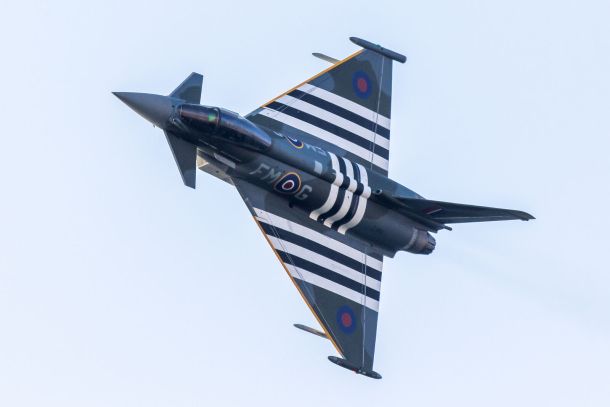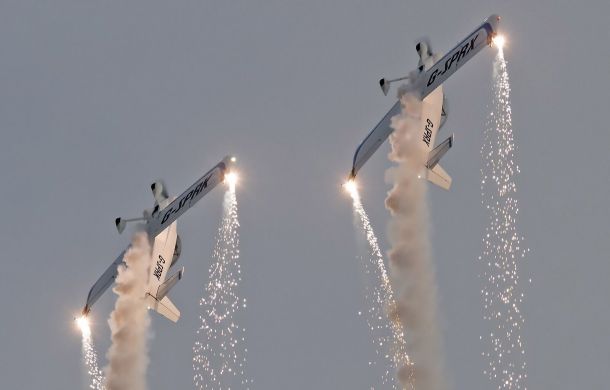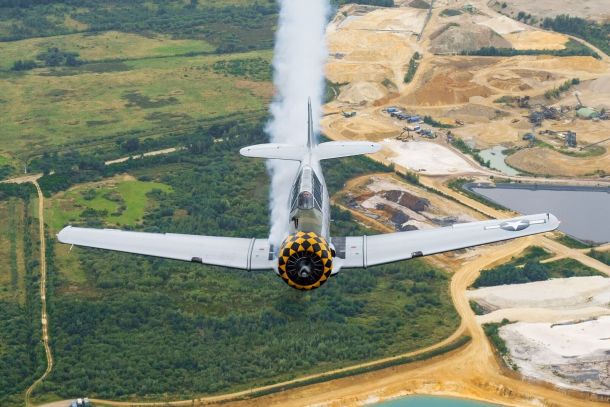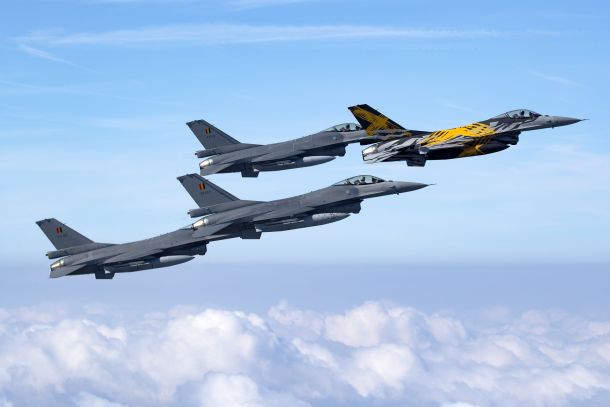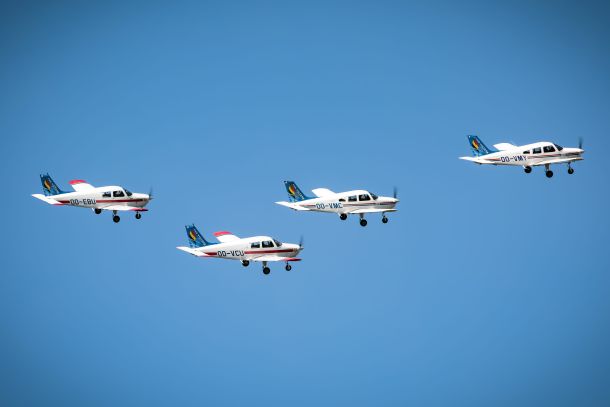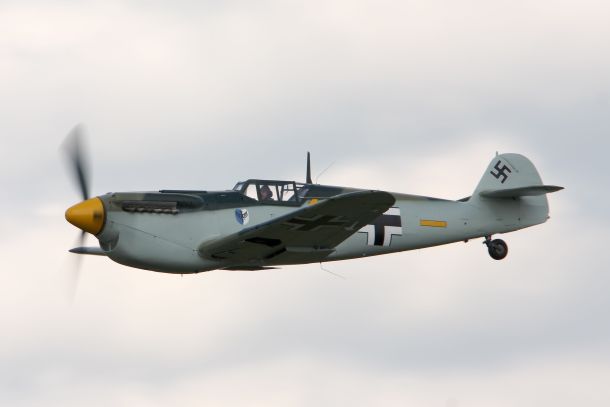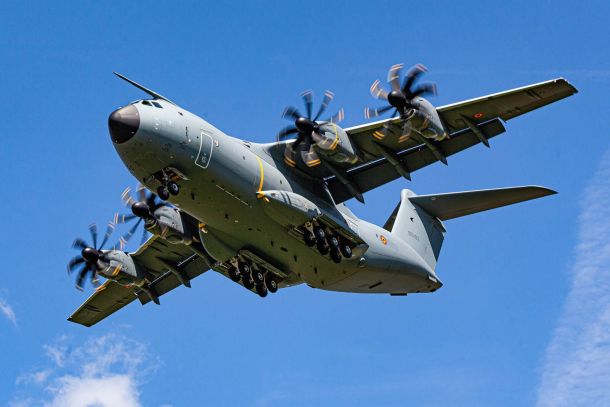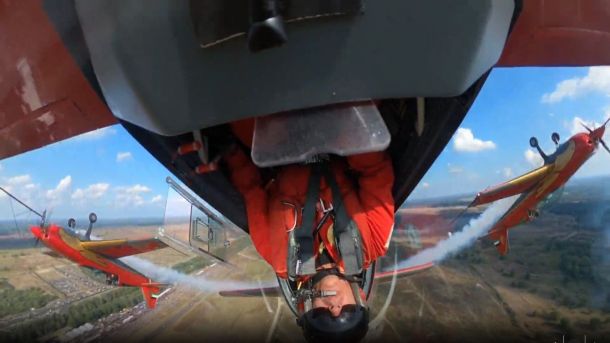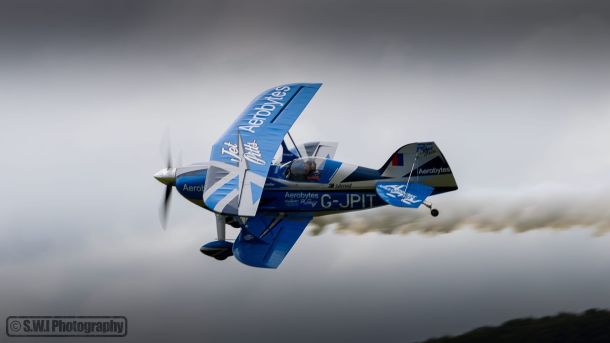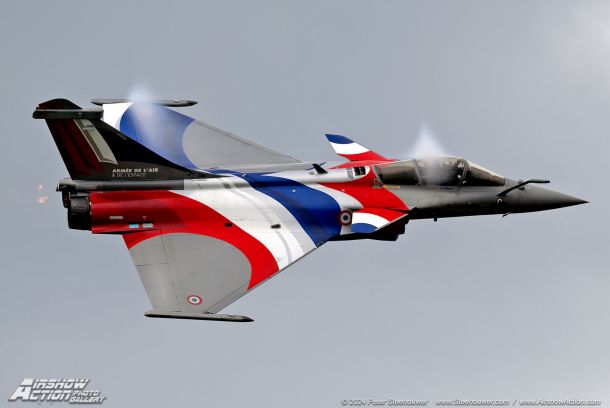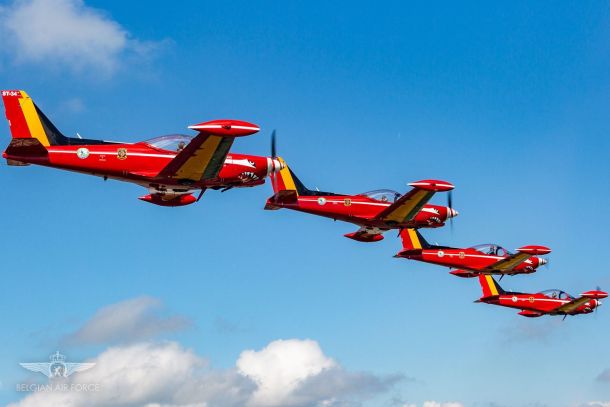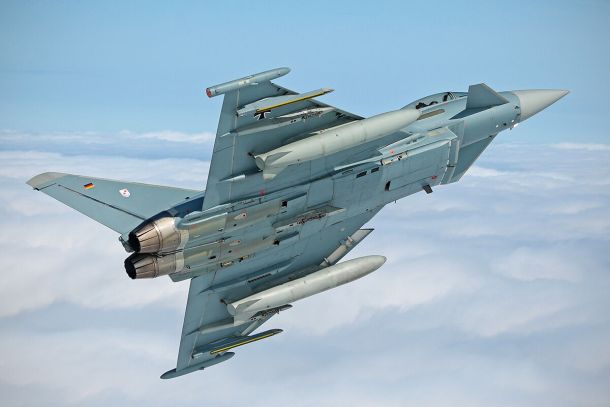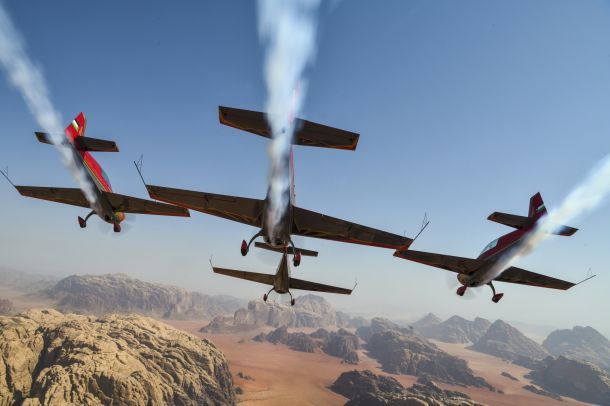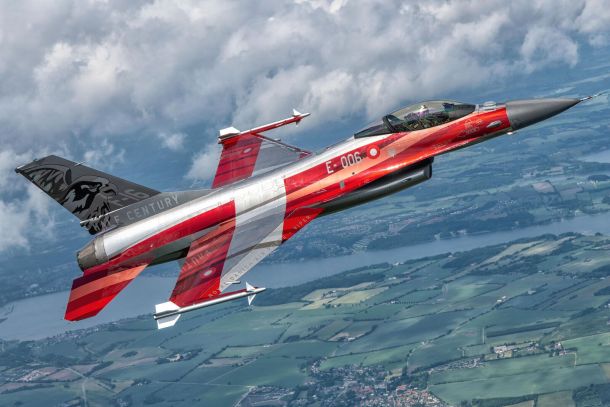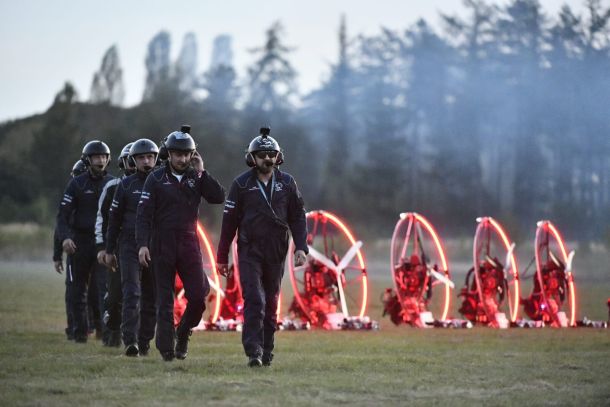Lockheed L -12 Electra
Relive aviation history at the International Sanicole Airshow on 22 September at Hechtel-Eksel! The 1930s are often referred to as the golden age of aviation thanks to the technological advances, the breakthrough of commercial aviation and countless record-breaking achievements. At our airshow, you’ll be able to see one such legendary design in action over the Sanicole airfield.
The Lockheed Model 12 Electra Junior is a historic aircraft produced by the Lockheed Aircraft Corporation during the 1930s. Introduced in 1936, the Model 12 was a smaller version of the Lockheed Model 10 Electra, famously associated with Amelia Earhart's attempt to circumnavigate the globe. It was designed as a luxurious and high-performance executive aircraft, primarily catering to wealthy individuals and corporate clients. It featured a sleek, all-metal monoplane design with a retractable landing gear and was powered by two radial engines. The cabin could accommodate six to eight passengers in a comfortable and well-appointed interior.
One of the notable features of the Model 12 was its versatility. It could be configured for various purposes, including executive transport, air ambulance, and utility roles. Some Model 12s were also used for military purposes during World War II, where they were designated as the Lockheed UC-40 and were mainly tasked to move senior officers around.
A rare survivor of this example is part of the collection of Luc Hellings, who flies it from the Belgian airfield at Zwartberg.
Fabrikant/Manufacturer:
Lockheed Aircraft Corporation
Tech Specif::
Capacity: 6 passengers[43]
Length: 36 ft 4 in (11.07 m)
Wingspan: 49 ft 6 in (15.09 m)
Height: 9 ft 9 in (2.97 m)
Empty weight: 5,765 lb (2,615 kg)
Maximum speed: 225 mph (362 km/h, 196 kn)
Power:
2 × Pratt & Whitney R-985 Wasp Junior SB 9-cylinder air-cooled radial engines, 450 hp (340 kW) each










